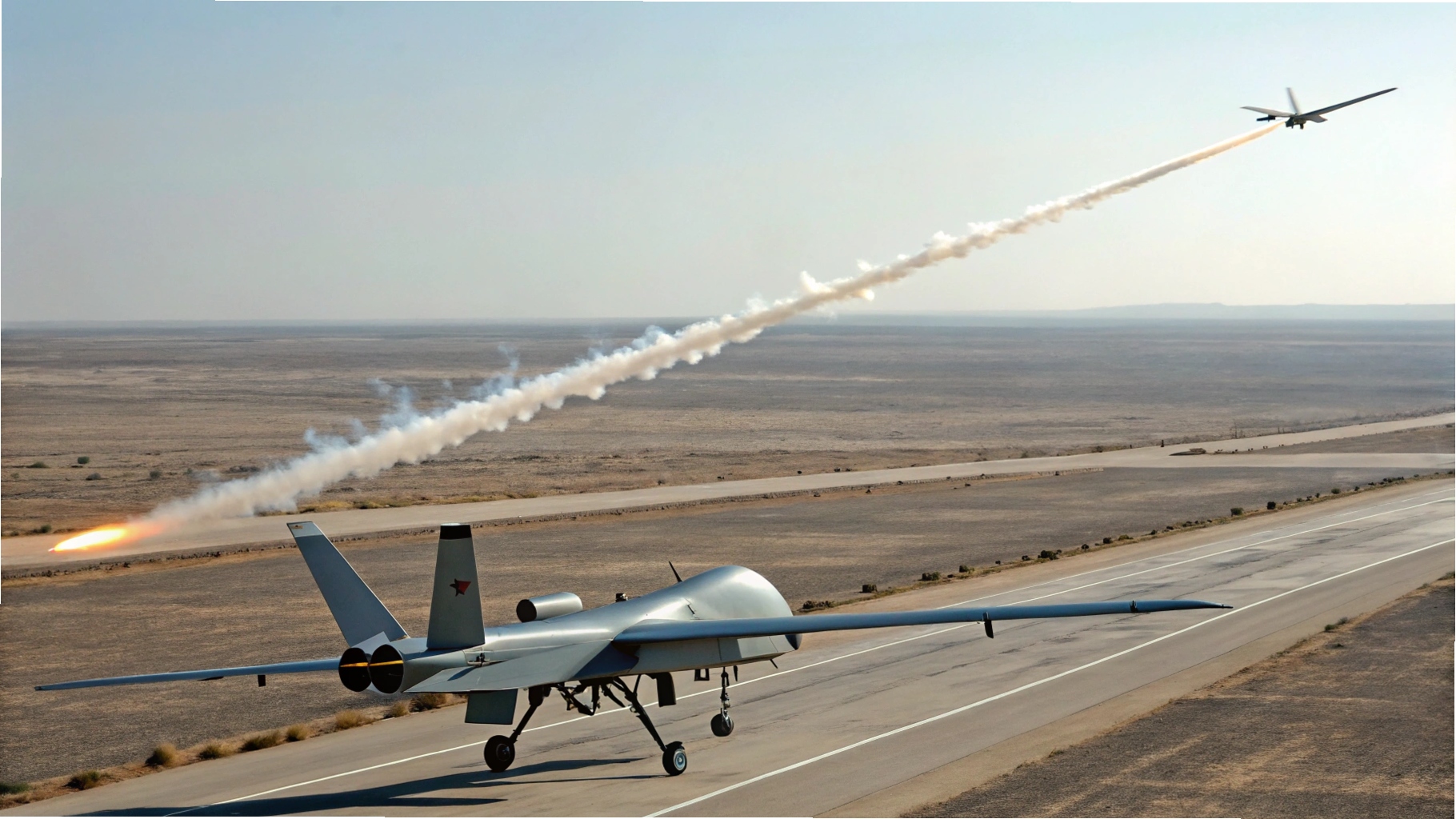
Lockheed Martin’s famed Skunk Works unveiled its Vectis Group-5 collaborative combat aircraft (CCA) concept at the 2025 Air, Space & Cyber Conference, presenting a stealthy, modular, high-capability unmanned wingman designed to operate alongside crewed fighters for strike, electronic warfare, and intelligence, surveillance and reconnaissance tasks. Unlike some attritable wingman concepts aimed at being low-cost and expendable, Vectis is being positioned as a survivable, reusable, high-end combat asset. Skunk Works has publicly committed to funding development internally — ordering parts and beginning assembly with the aim of flying and testing the demonstrator within two years — rather than waiting for formal program awards. The company says Vectis will adopt an open mission architecture aligned with emerging DoD reference models to enable rapid payload swaps and multi-vendor integration, and that it will be interoperable with common control standards to operate in concert with U.S. and allied C2 systems. Skunk Works emphasizes that the aircraft is intended to be capable of deep penetration into contested airspace, carrying sensors and weapons while also performing electronic attack and ISR missions. By moving forward on its own capital, Lockheed signals a competitive posture intended to compress development timelines and present a flight-ready prototype to the Air Force and partner nations sooner than standard acquisition schedules permit. If the company meets its aggressive two-year milestone, Vectis would reframe the CCA competition by showing a mature design and flight test plan backed by Skunk Works’ legacy of stealth and high-performance aircraft development. That approach also creates early opportunities for allied partners to evaluate integration options and mission concepts while giving the US aerospace giant leverage in next-generation unmanned combat aircraft discussions.




